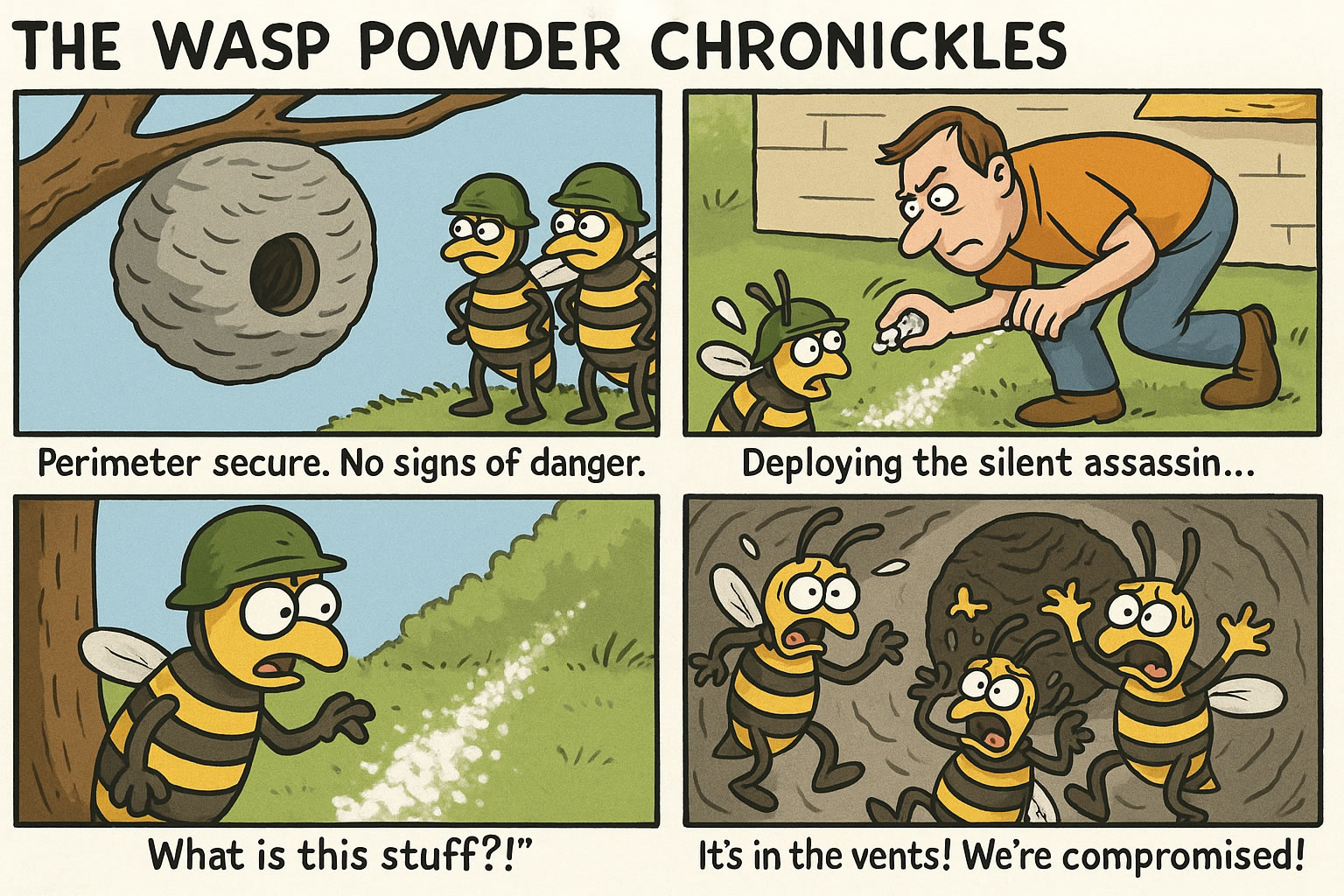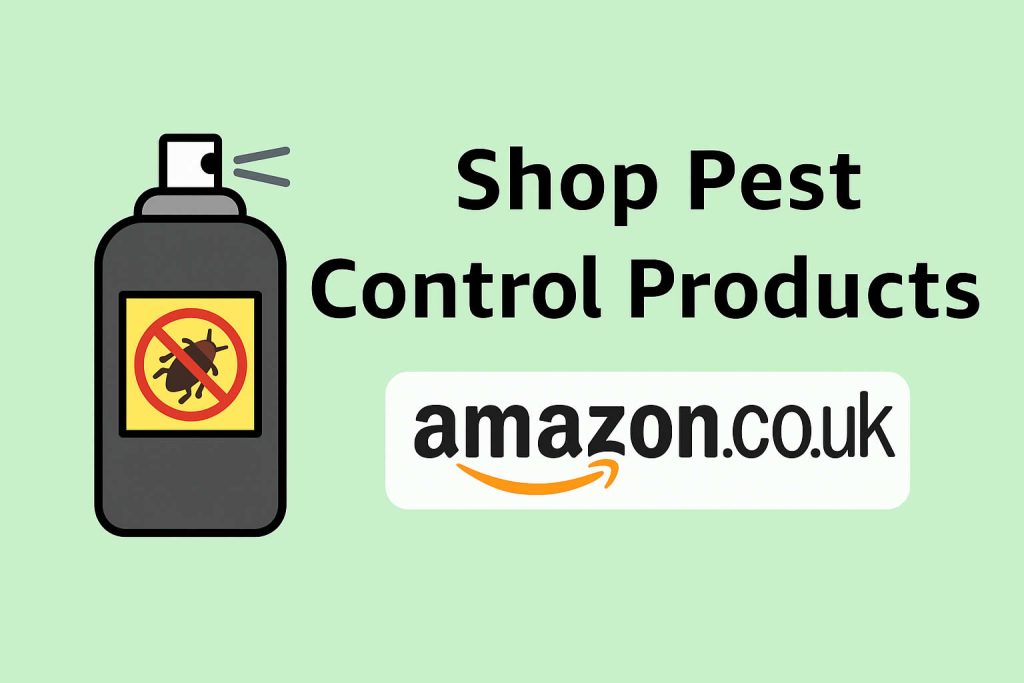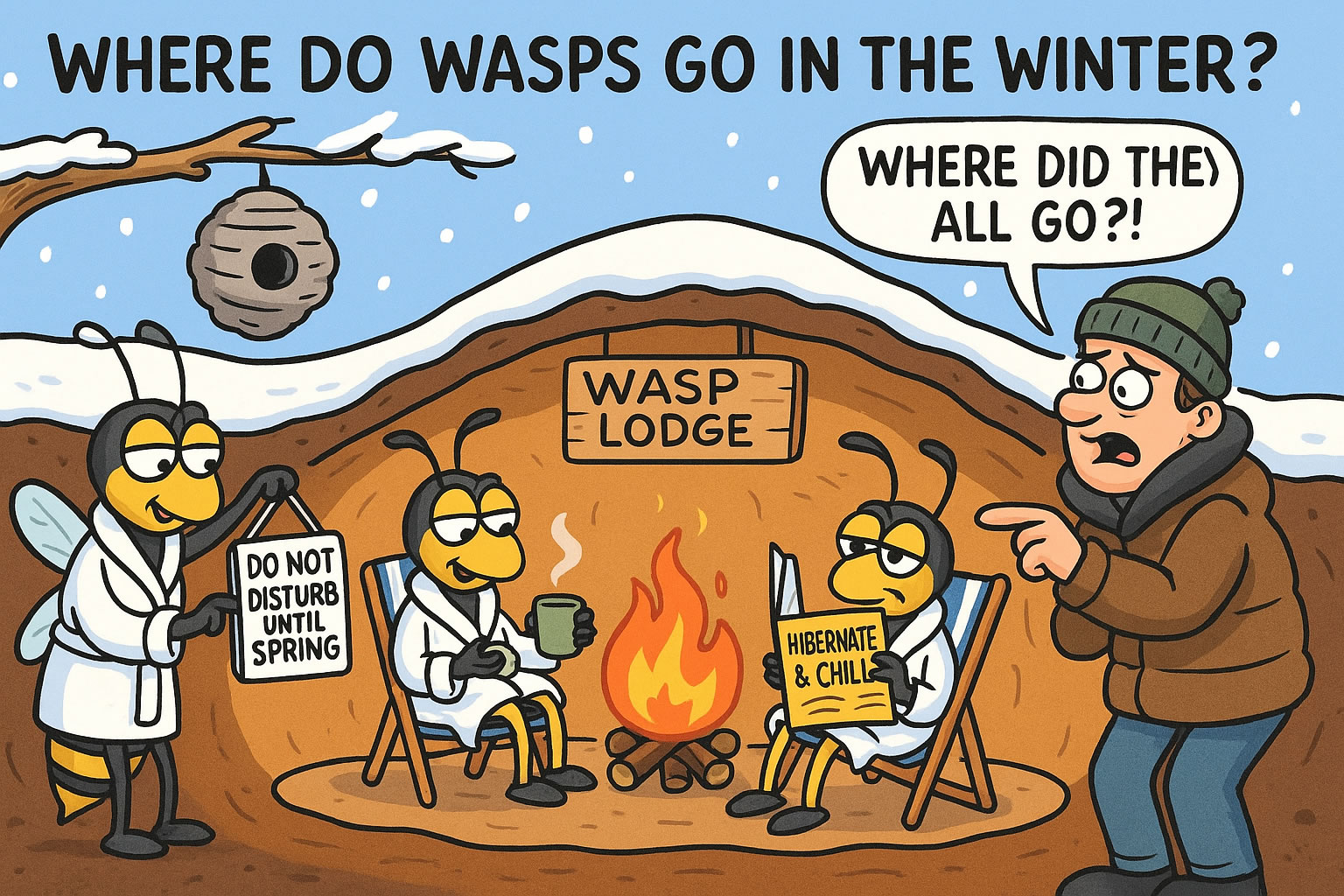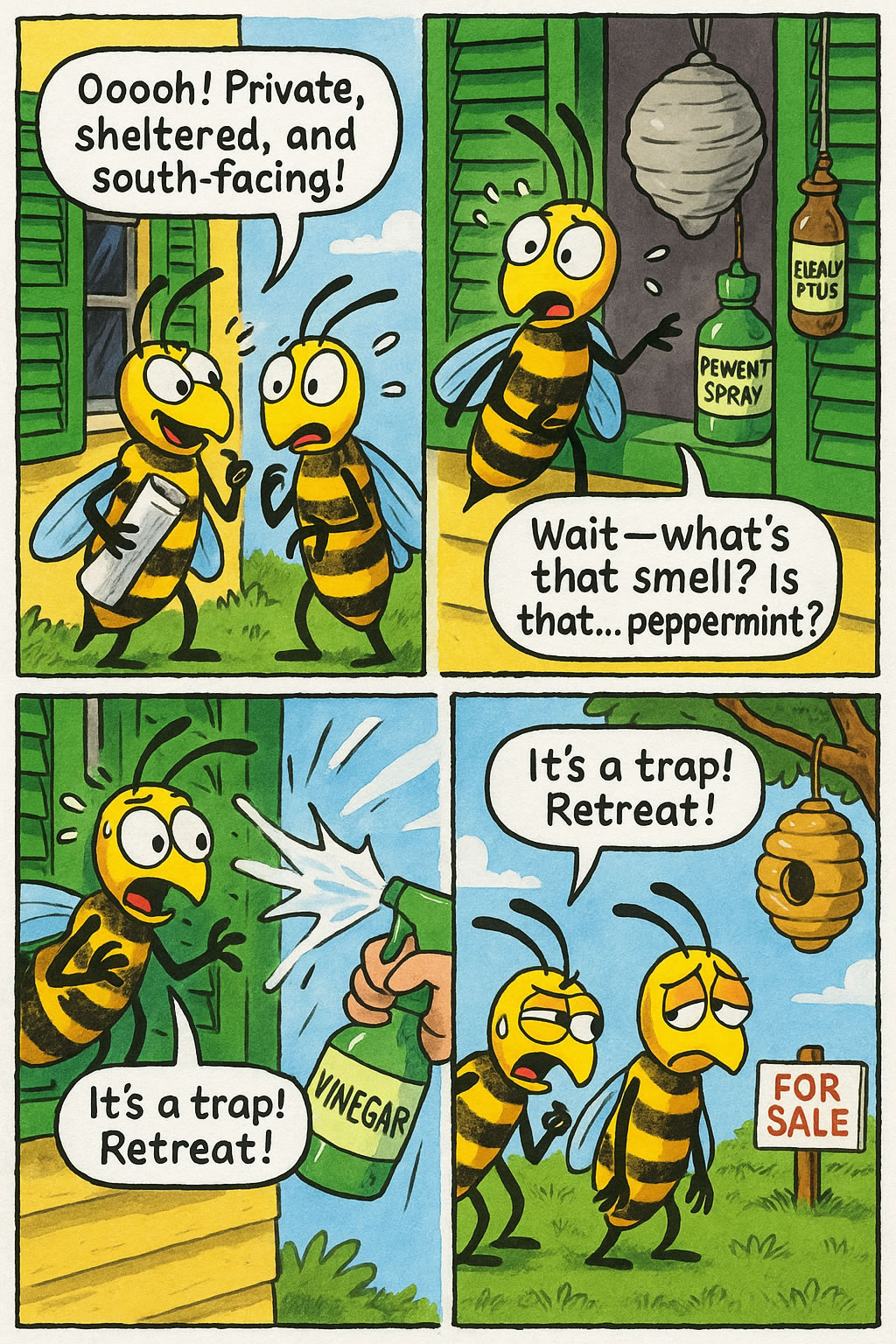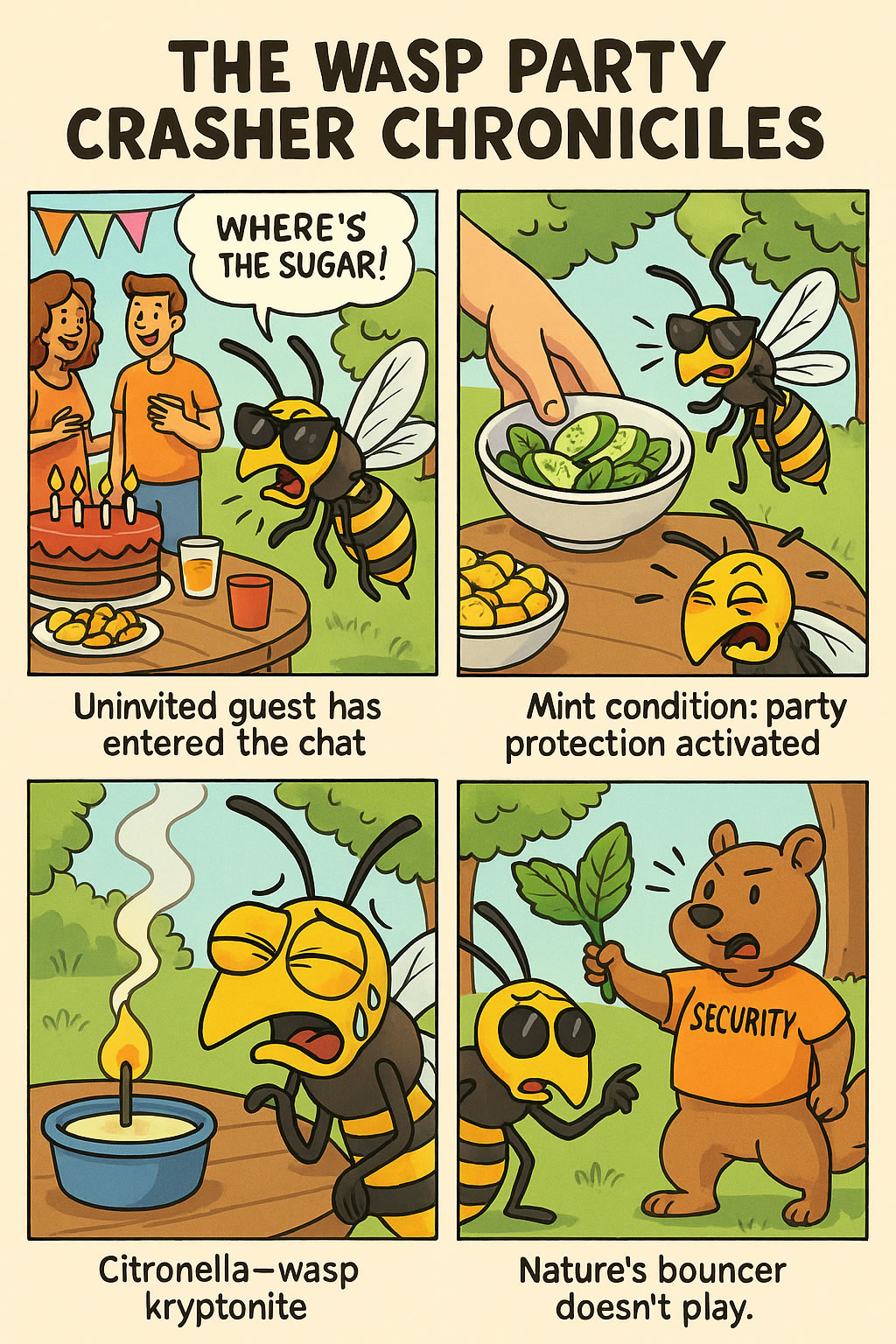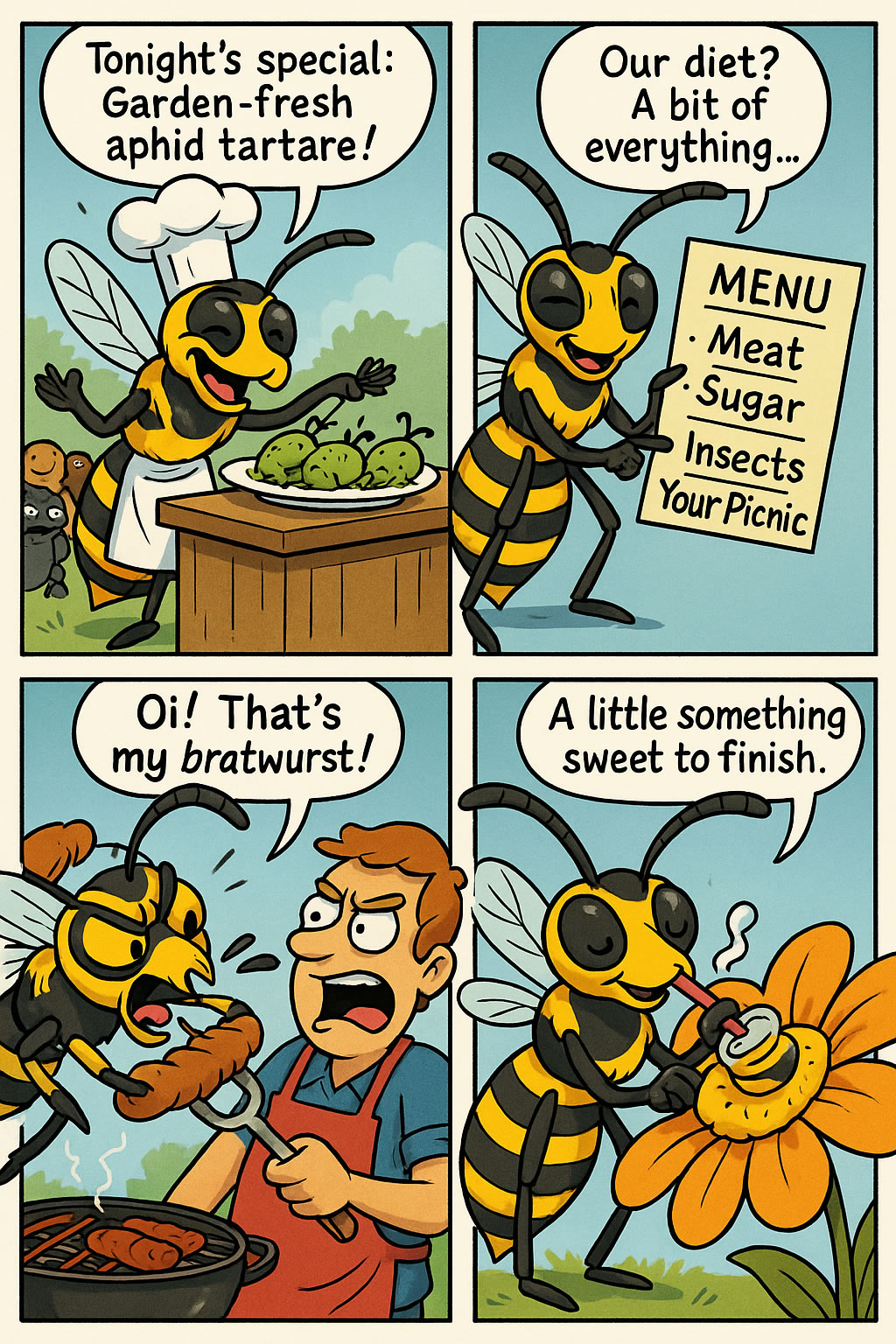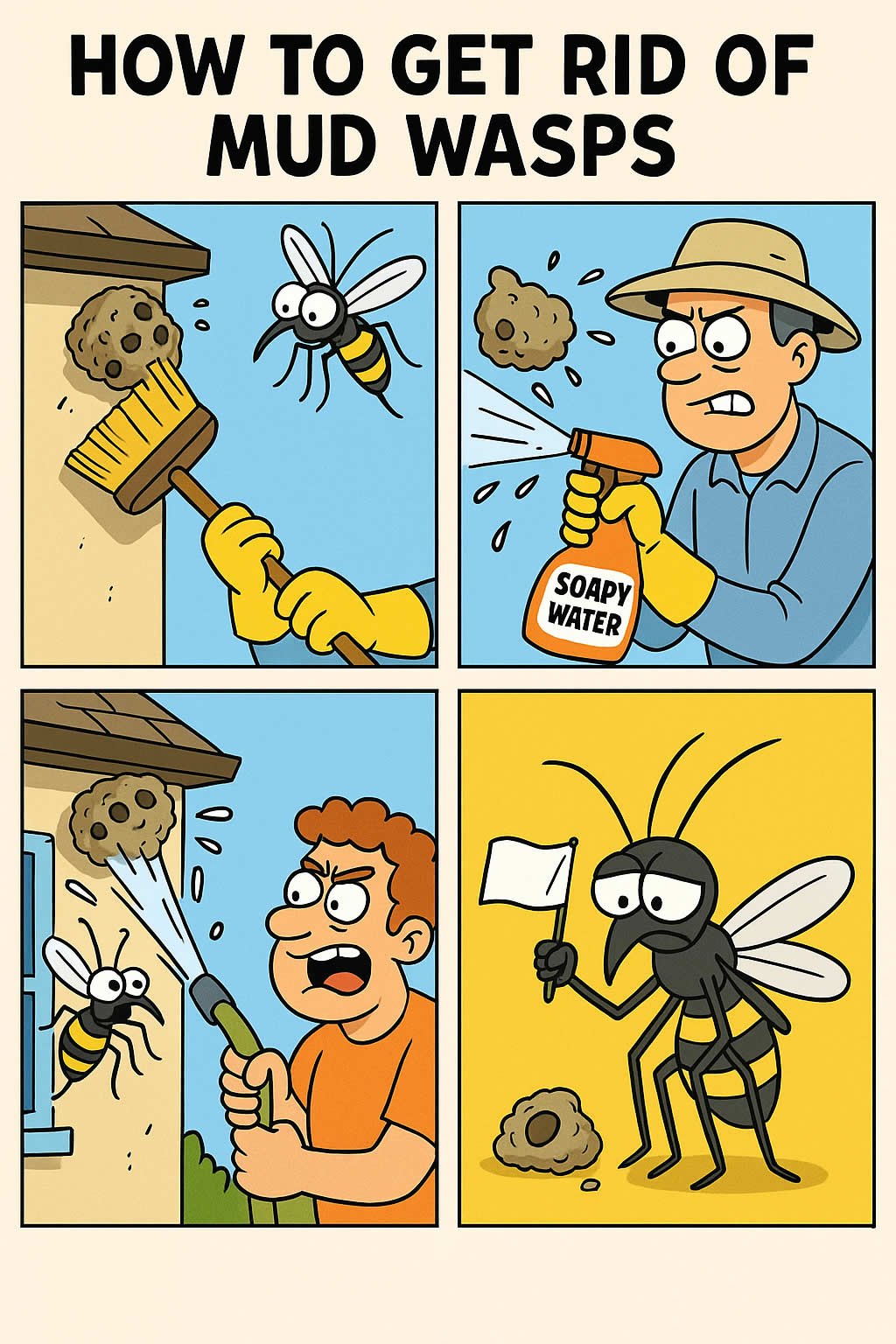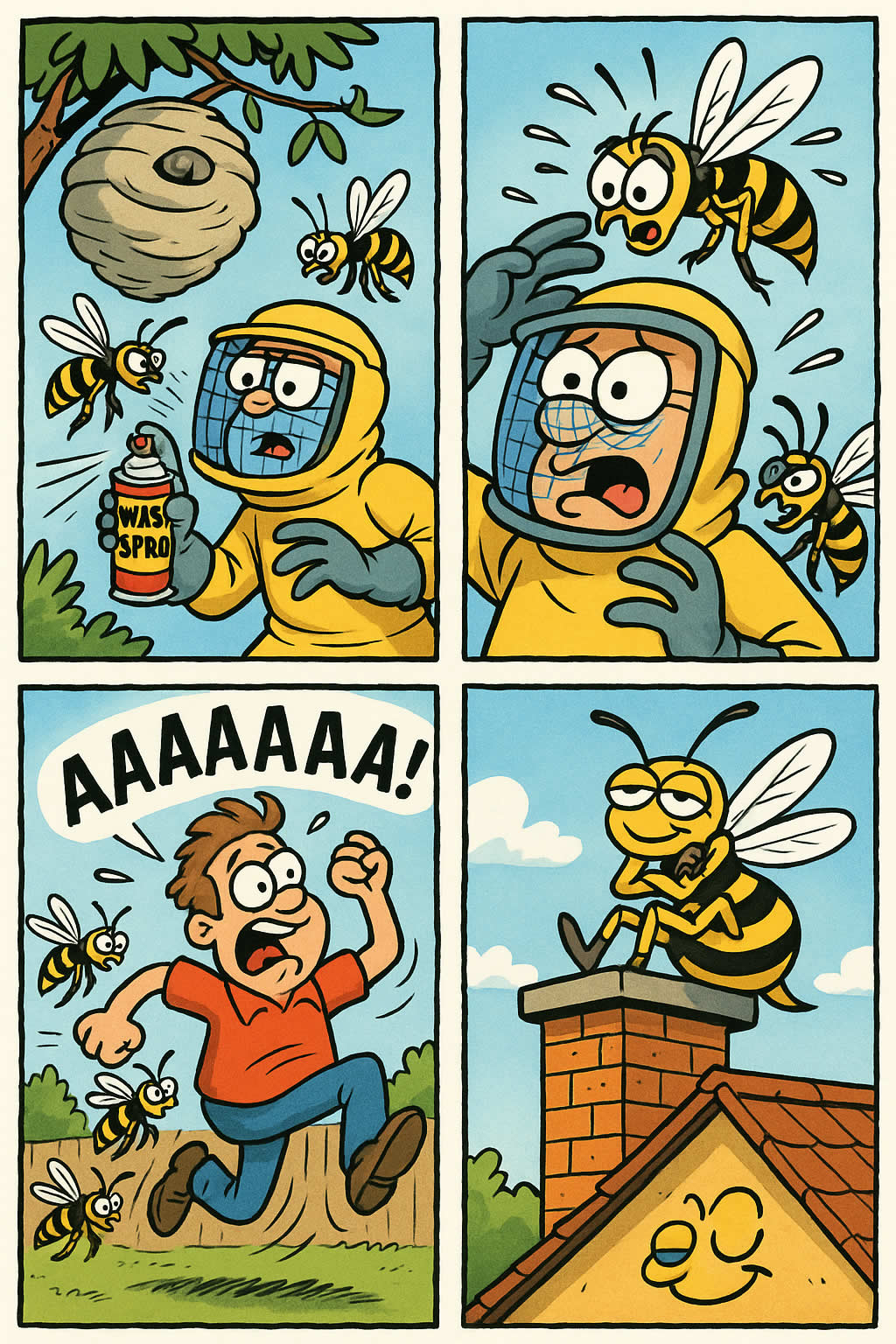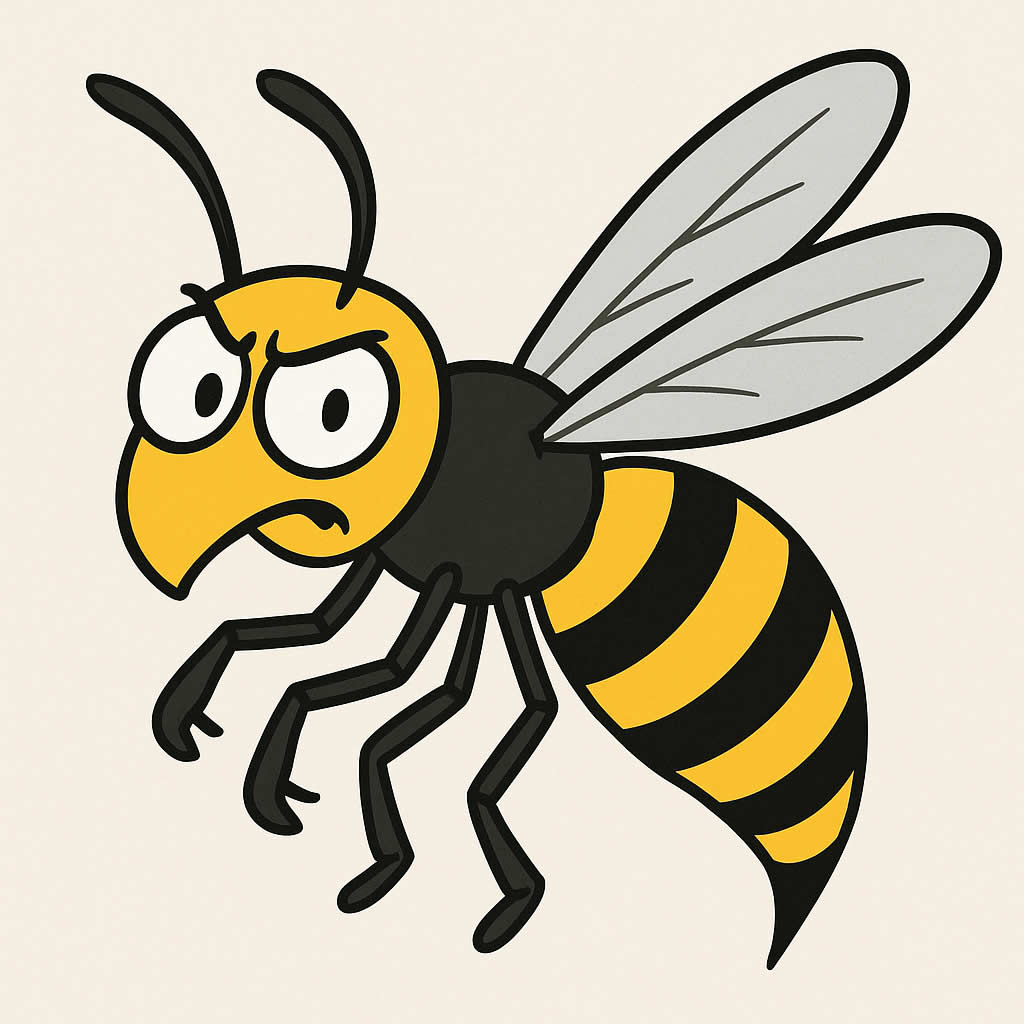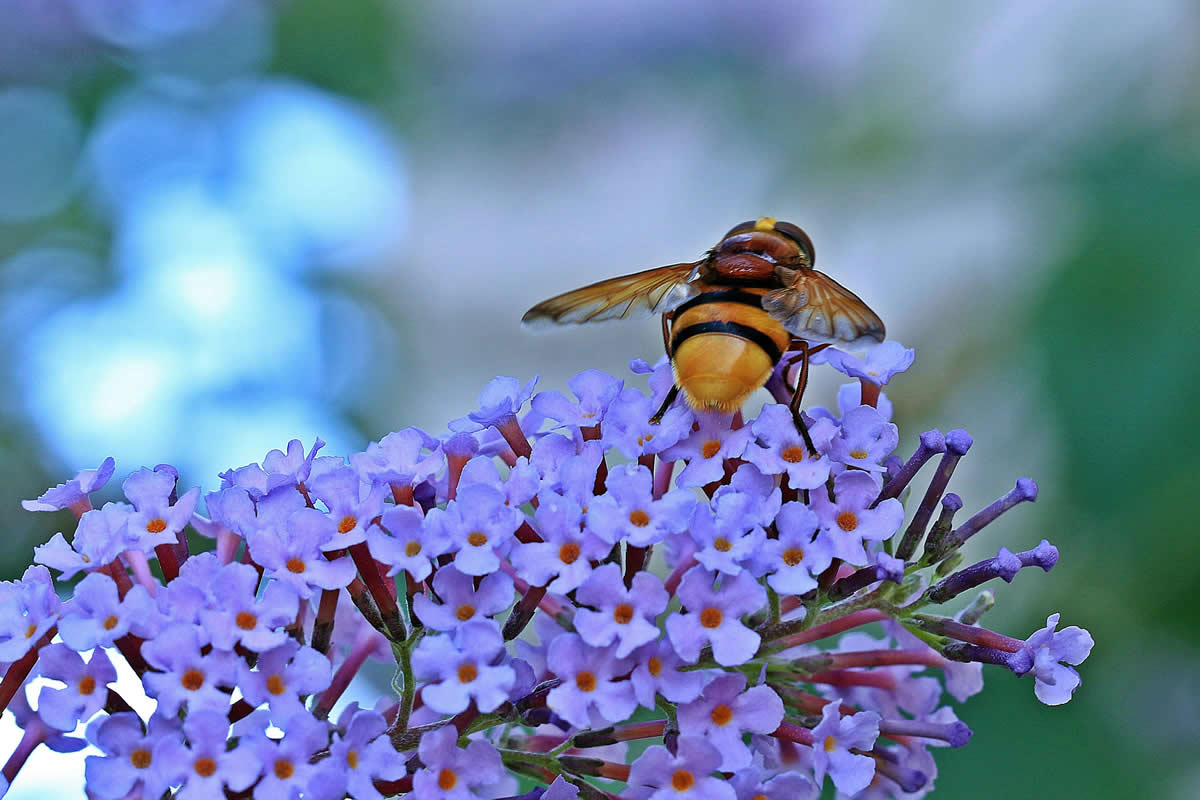If you’ve found wasps nesting near your home, you’ll know how quickly they can turn from a small nuisance into a real problem. You might hear them buzzing inside a wall, see them flying around your loft, or notice them coming and going from a hole in your shed. At first, you’re not sure what to do—but the longer you leave it, the worse it gets. That’s where wasp powder comes in.
This guide will walk you through exactly how wasp powder works, why it’s often used over sprays or traps, how to apply it safely, and when it’s time to get a professional involved. If you’re already feeling a bit uneasy about removing a wasp nest yourself, don’t worry—this breaks everything down in plain English, step by step.
Related Queries
ToggleWhat is wasp powder, exactly?
Wasp powder is an insecticide in powder form. You usually find it in small bottles or tubes designed to be puffed directly into or around a nest entrance. Once inside the nest, the powder spreads and kills the wasps by contact and ingestion.
It doesn’t work like a fast spray that knocks them down immediately. Instead, it’s more of a delayed-action treatment. The powder clings to the wasps’ bodies as they pass through it, and then spreads further inside the colony. That’s how it reaches the queen and the rest of the nest—quietly and steadily.
The active ingredient varies between brands, but common ones include:
- Permethrin
- Bendiocarb
- Tetramethrin
These chemicals affect the wasps’ nervous system, leading to paralysis and death after a short delay. That delay is actually a benefit—it gives the wasps time to carry the powder deep into the nest before it takes full effect.
Why do people use powder instead of spray or foam?
Sprays might seem more direct, but they can be messy, unpredictable, and risky if you’re too close. With a powder, you can usually apply it from a safer distance—either through a puff applicator or using an extension tool to reach awkward gaps or nest holes.
Powder is especially useful for nests:
- Hidden behind walls
- Buried underground
- High up in lofts or roofs
- Tucked into brickwork, air bricks or soffits
Where sprays might just coat the surface, the powder stays in place longer. That’s what makes it ideal for slow-spreading nest treatments. It doesn’t get blown away easily and keeps working long after you’ve walked away.
How does wasp powder actually kill the wasps?
Once the powder is applied near the entrance, the wasps walk through it as they come and go. The particles stick to their legs, wings and bodies. Wasps groom themselves constantly, so they end up swallowing the powder when they clean their antennae or mouthparts.
Back in the nest, they spread it by brushing up against each other and the inner walls. The queen, who rarely leaves the nest, eventually comes into contact with it too.
Here’s what happens once the powder gets inside their system:
- The active ingredient disrupts their nerve signals
- Their muscles stop working properly
- They lose coordination and become paralysed
- Eventually, they die from the exposure
It’s not instant, but it’s incredibly effective—especially if you don’t disturb the nest during the process. You want the wasps to keep behaving normally long enough to spread the powder thoroughly.
Where should you apply wasp powder?
You don’t need to find the entire nest—you only need the entrance. That’s where the wasps travel in and out. This could be a small gap in the wall, a crack in the shed floor, or a vent near the roof.
Once you spot regular wasp traffic—coming and going from the same place—that’s your target area.
To apply it:
- Wait until dusk or early morning (when wasps are least active)
- Wear full protective clothing: gloves, trousers, long sleeves, sealed boots, and ideally a veil or face net
- Stand back from the entrance and gently puff the powder into the hole, not directly at the wasps
- Apply enough to coat the area but avoid blocking the entrance—you still want them to pass through it
- Leave the nest alone and check again after 24–48 hours
It’s normal for wasps to seem active for a day or two after treatment. If you still see lots of movement after 3 days, a second application may be needed.
Is wasp powder safe to use at home?
Yes—when used correctly. But it’s still a chemical treatment, so there are a few things to keep in mind.
- Always follow the product instructions closely
- Don’t let pets or children near treated areas
- Wash your hands thoroughly after use
- Store the powder in a sealed container, out of reach of kids and animals
Avoid using it indoors unless you’re confident the powder won’t blow back into your living space. For indoor nests (e.g., in lofts or ceiling voids), you’ll need extreme care or a professional.
Can you use wasp powder in the rain?
No. Wet weather will wash the powder away or stop it from sticking. Moisture also clumps the powder and reduces its spread. For outdoor nests, wait for a dry day with no wind.
How long does wasp powder take to work?
You’ll usually see a drop in activity within 24 to 72 hours. The queen may take a bit longer to die, depending on how deep the powder gets into the nest.
After about a week, the nest should be silent. If it’s not, you might need a second dose—or to reassess where the entrance is. Some nests have more than one way in.
What happens to the nest after treatment?
Once all the wasps are dead, the nest becomes inactive. You don’t need to remove it—it won’t be reused. Wasps never go back to old nests; they build fresh ones every year.
If the nest is in a wall cavity or roof space, it’s usually best to leave it alone. Trying to pull it out can damage the structure or stir up other insects.
What if you can’t reach the nest entrance?
That’s where a professional pest controller is your best bet. They have specialist equipment, longer reach poles, and experience dealing with high-risk nests. Trying to access a wasp nest without proper tools or clothing is dangerous—especially if the colony feels threatened.
If you’re allergic to wasp stings or you’re not confident around insects, don’t try it alone. There’s no shame in calling in help.
Are there alternatives to wasp powder?
Yes—but they work differently:
- Wasp foams: Fast-acting and expands on contact. Great for visible nests under eaves or in sheds.
- Wasp sprays: Best for individual wasps or nests in reach. Not ideal for hard-to-reach or hidden nests.
- Wasp traps: Useful for reducing numbers outdoors but won’t kill a full nest.
- Natural deterrents: Peppermint oil, clove, citronella, and decoy nests can prevent nest building—but don’t work once a nest is active.
When is the best time of year to use wasp powder?
The height of summer—July to September—is when wasps are most active, and when nests are fully developed. This is the ideal time to act if you’ve spotted a nest nearby.
In spring, the colony is still small, and the queen might abandon the nest if disturbed. In autumn, the wasps become more aggressive as food runs low. That’s when they’re more likely to sting, especially if you go near the nest.
Wasp powder works at any stage, but timing affects how risky the job is.
What are the benefits of using wasp powder over other methods?
- Long-lasting: It keeps working for days
- Precise: You only need to treat the entrance
- Silent: Doesn’t provoke wasps like sprays can
- Effective: Reaches deep into hidden nests
- Low contact: Keeps you at a safer distance
If you need to get rid of a nest quietly, with minimal disruption, wasp powder is often the best choice.
What should you do after the treatment?
- Watch from a distance—don’t go close for at least 24 hours
- Check again after 48–72 hours to see if wasps are still flying in and out
- Reapply if needed, but only when activity has died down
- Block the nest entrance only once you’re sure the nest is dead
- Keep an eye out for signs of new nests in future
If you’re not sure whether it’s working, or if the nest is in an awkward place, a local pest control service can give you advice or do the job safely for you.
Final thoughts—should you use wasp powder?
If the nest is visible, the entrance is easy to access, and you feel confident applying it carefully, then yes—wasp powder can be an effective, quiet way to stop a wasp infestation fast. It works by being slow, deliberate, and lethal once it spreads. That’s exactly what you want when you’re trying to wipe out a colony without causing a scene.
But if the nest is in a high place, hard to reach, or you’re sensitive to stings, don’t take the risk. Get someone trained to deal with it. It’s not worth getting hurt.
Getting rid of wasps is about planning, not panic. Wasp powder, used the right way, gives you the control back—safely, quietly, and effectively.
Pest Control Wilden – Pest Control Eyeworth – Pest Control Wood End
